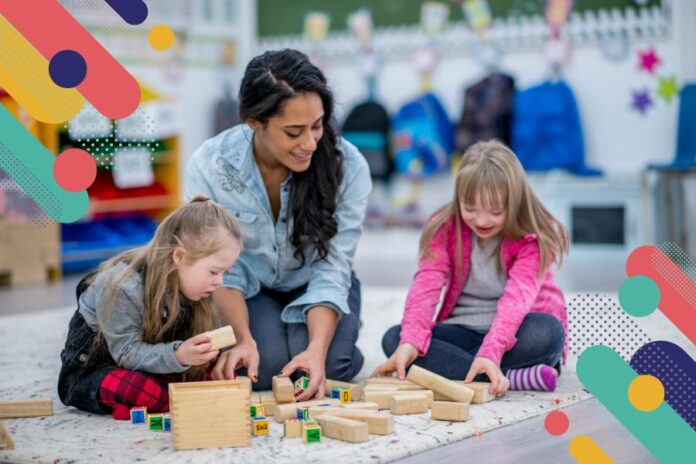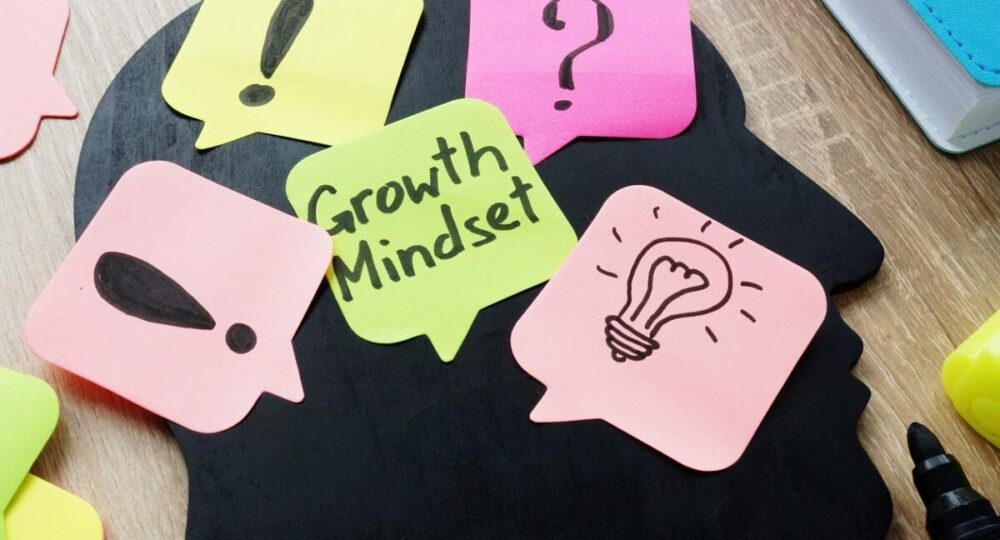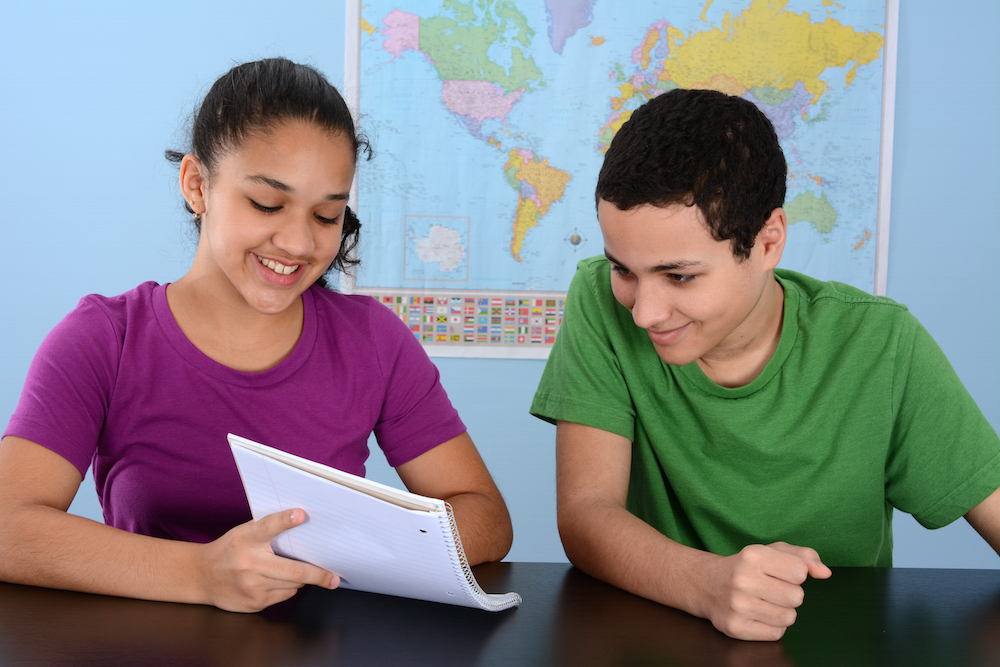
According to the National Center for Education Statistics, in the US, 7.2 million students between the ages of 3 and 21 are enrolled in programs under the Individuals with Disabilities Education Act (IDEA).
It comprises 15% of all students in public schools. Facilitating the learning of students with disabilities is crucial for ensuring their academic success and personal development. Educators and school administrators are responsible for creating an inclusive and supportive learning environment.
This article presents nine tips for facilitating students with disabilities, backed by research and best practices.
1. Prioritize Inclusive Classroom Environments
An inclusive classroom fosters a sense of belonging and promotes equal opportunities for all students, regardless of their abilities. You can arrange the classroom layout to accommodate various learning needs and styles, ensuring accessibility and comfort for all students.
Position students with disabilities strategically to enable full engagement in class activities. Diversify instructional materials to cater to different learning preferences, such as:
- Visual resources
- Auditory resources
- Tactile resources
Use clear and concise language during instruction. Encourage collaborative learning opportunities, promoting peer interaction and support. Regularly seek feedback from students with disabilities to make adjustments accordingly.
2. Pursue Professional Development Opportunities

As an educator, staying well-informed and continually expanding your skillset is essential, especially when working with students with disabilities. Pursuing professional development opportunities increases your competence and confidence in addressing diverse learning needs. These programs empower you with the expertise to create inclusive curricula tailored to students with disabilities and nurture a positive school culture.
One excellent choice for busy educators is to pursue an online Master’s in Urban Education with a concentration in principal preparation, as it offers the flexibility to learn at your own pace and from the comfort of your home. By completing a program like this, you can become an effective leader who fosters inclusion and ensures every student, regardless of their abilities, receives the support and education they deserve.
3. Implement Individualized Education Programs (IEPs)
An Individualized Education Program (IEP) is vital for supporting students with disabilities in their educational journey. IEPs provide a tailored approach to education, ensuring each student receives the necessary support and resources to succeed.
Key components of an effective IEP include:
- Specific learning needs and accommodations
- Individualized goals and objectives
- Support services and resources required
- Regular progress monitoring and updates
Remember to conduct annual IEP reviews to assess progress and make necessary adjustments. Communicate regularly with all stakeholders to ensure consistent support and understanding of the student’s needs and goals.
4. Embrace Assistive Technology
Utilizing assistive technology in the classroom can empower students with disabilities to overcome learning barriers and achieve their full potential. By staying informed about the latest developments and integrating these tools into your teaching, you can create a more accessible and inclusive learning environment.
Types of assistive technology include:
- Text-to-speech software: Converts written text into spoken words, aiding students with reading difficulties.
- Communication devices: Assist students with speech and language impairments in expressing themselves.
- Screen readers: Provide auditory access to digital content for visually impaired students.
Research and identify appropriate tools based on each student’s needs. Provide training and support for students, ensuring they can use the technology confidently and independently. Regularly evaluate the effectiveness of the assistive technology and make adjustments as needed. Encourage collaboration between students, promoting peer support in using assistive tools.
5. Foster a Growth Mindset

Cultivating a growth mindset in students with disabilities is crucial in helping them overcome challenges and achieve success. Students may develop a growth mindset by learning the importance of working hard, being motivated, and being flexible. This mindset shift can positively impact their self-esteem, motivation, and academic performance.
To foster a growth mindset, emphasize the process of learning over the outcome. Praise students for their determination and strategies to tackle problems rather than just their achievements. When students encounter setbacks or make mistakes, frame these experiences as opportunities to grow and learn. Offer constructive feedback, guiding them towards more effective approaches and encouraging them to persevere.
6. Collaborate with Support Staff
Working closely with support staff, including special education teachers, paraprofessionals, and therapists, is vital to ensuring the success of students with disabilities. You can provide comprehensive support to address each student’s unique needs by fostering strong partnerships and collaboration.
Key aspects of effective collaboration include:
- Establishing open lines of communication: Share information, progress updates, and concerns openly and honestly.
- Coordinating intervention strategies: Develop consistent approaches to support students across different settings.
Hold regular team meetings to discuss student progress and address any challenges. Collaborate on developing Individualized Education Programs (IEPs) to ensure a cohesive support plan. Offer mutual support and encouragement, recognizing the valuable contributions of each team member. Continuously evaluate and refine collaborative practices to optimize student outcomes.
7. Promote Self-Advocacy Skills
Empowering students with disabilities to advocate for themselves is crucial for their long-term success in academics and life. By teaching self-advocacy skills, educators can help students develop the confidence and independence needed to express their needs, make informed decisions, and navigate challenging situations.
To promote self-advocacy, encourage students to:
- Identify their strengths and weaknesses, fostering self-awareness and self-acceptance.
- Communicate their needs and preferences clearly and assertively, enabling them to seek support.
- Set realistic goals and develop strategies to achieve them, promoting problem-solving and self-determination.
Additionally, create opportunities within the classroom for students to practice self-advocacy, such as participating in group discussions, presenting their work, or voicing concerns during class activities.
8. Encourage Peer Support and Social Interaction

Help your pupils connect and learn valuable social skills by encouraging empathy and compassion in the classroom. Begin by educating students about different disabilities, ensuring they better understand the challenges their peers may face. Highlight the importance of inclusivity and acceptance, emphasizing the value of diversity in the classroom. Create a safe and supportive atmosphere where students can share their experiences and perspectives.
Incorporate collaborative learning opportunities like group projects and discussions to facilitate peer interaction and support. These activities help students build friendships and promote a sense of belonging and community, enhancing the overall learning experience for everyone involved.
9. Engage Parents and Caregivers
Involving parents and caregivers in the education process is crucial for the success of students with disabilities. Establishing a strong partnership can ensure consistent support for students at school and home.
- Regular communication: Share updates on the student’s progress, achievements, and challenges.
- Open dialogue: Discuss concerns and brainstorm solutions together.
- Collaboration: Work jointly to develop strategies and support systems for the student.
Organize parent-teacher meetings to discuss the student’s progress in detail. Share resources and ideas to support learning at home. Offer opportunities for parents to provide feedback and input on their child’s education.
Conclusion
Facilitating students with disabilities requires a multifaceted approach. It includes professional development, inclusive classrooms, IEP implementation, assistive technology, fostering a growth mindset, and collaboration with support staff. Additionally, promoting self-advocacy, encouraging peer support and social interaction, and engaging parents and caregivers contribute to the overall success of students with disabilities. By adopting these strategies, educators can create a supportive and inclusive learning environment that empowers students to reach their full potential.








